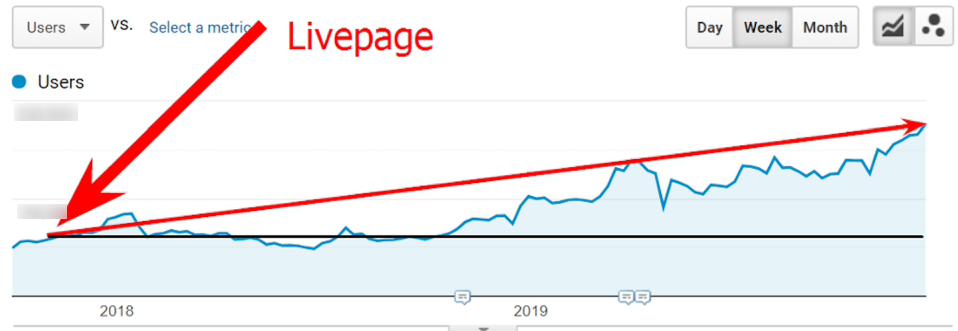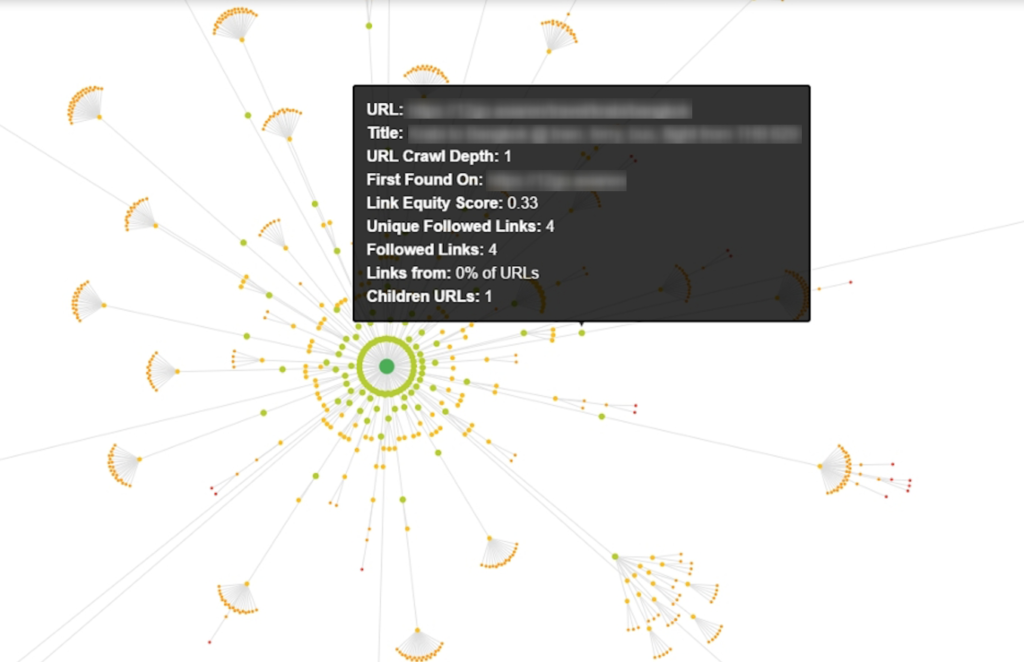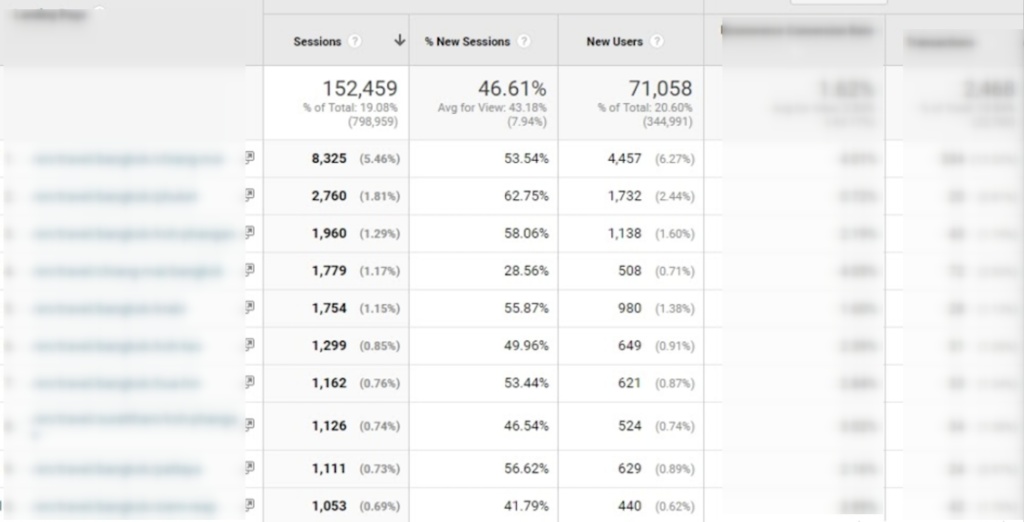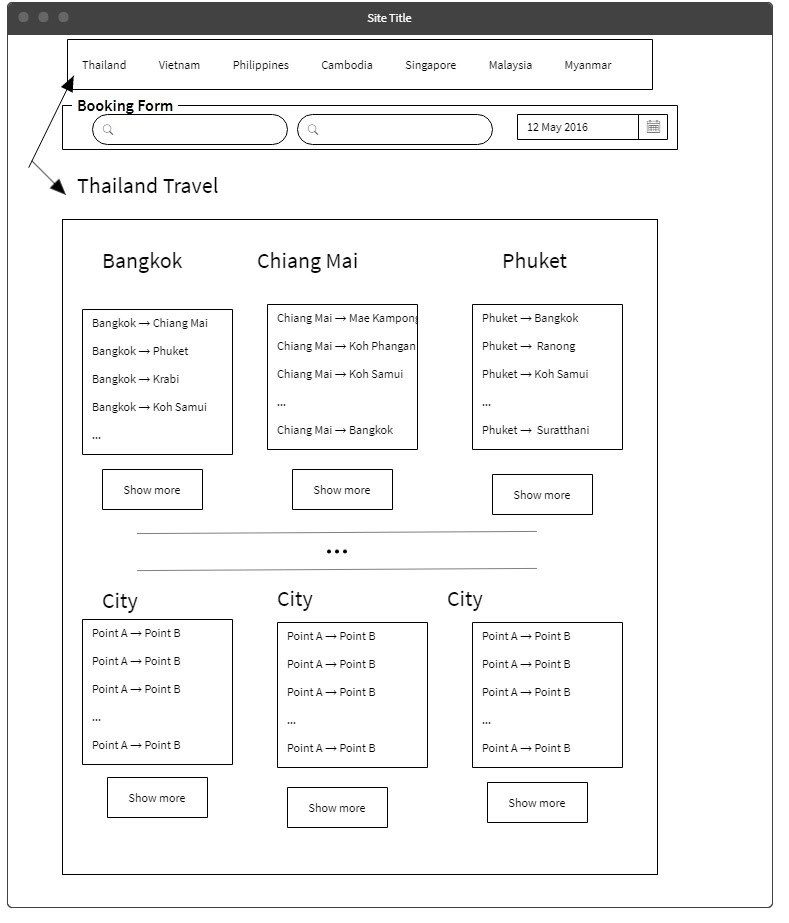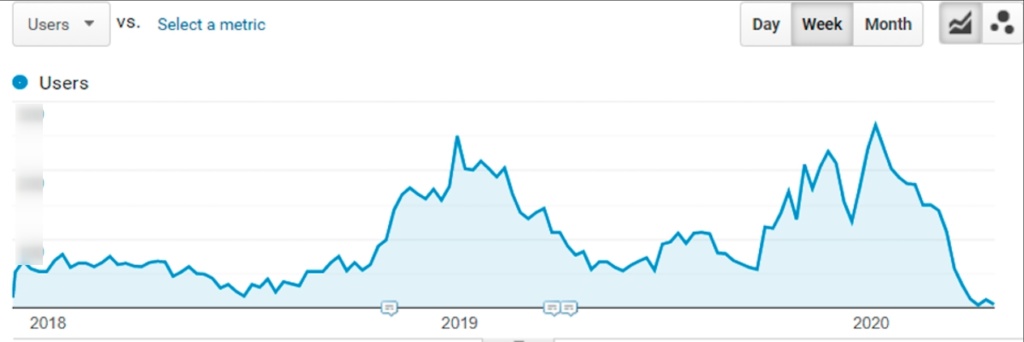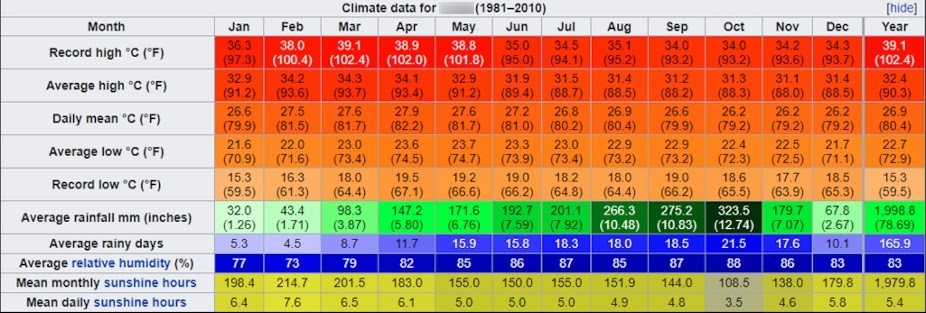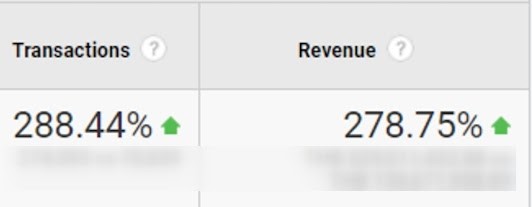We increased organic traffic by 180% with minimal costs. The site is now one of the leaders in its niche.
Market: Asia
Traffic growth
180%
A 180% increase in audience from search engines.
Increase in revenue from SEO
278%
A 278% increase in revenue from organic search.
Key success factors
Business understanding
Deep immersion in the business and its processes allows for making the right decisions and assigning the right tasks.
Tasks templating
When working with standard pages, it’s possible to make changes to many pages at once.
High implementation speed
One of the main factors for marketing success is a fast and high-quality implementation of the assignments.

Alina Rudenko
Sales Manager
Alina will get back to you
within 24 hours🐢
Reach out to Livepage
Contact us to clarify essential points and learn more about our services👋
